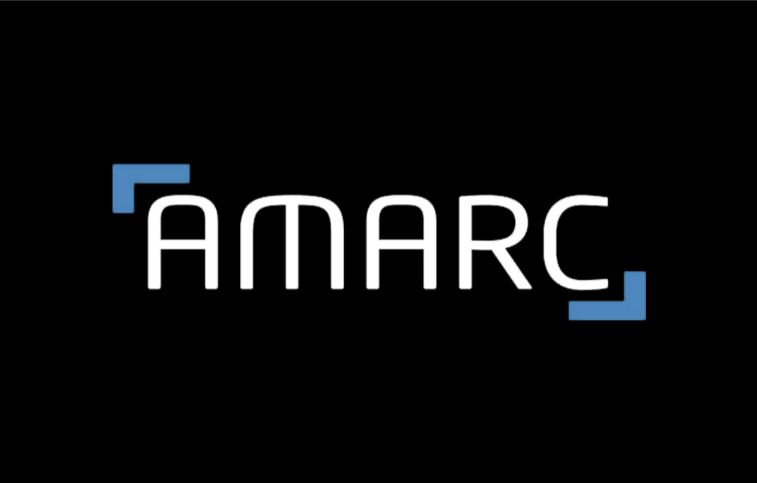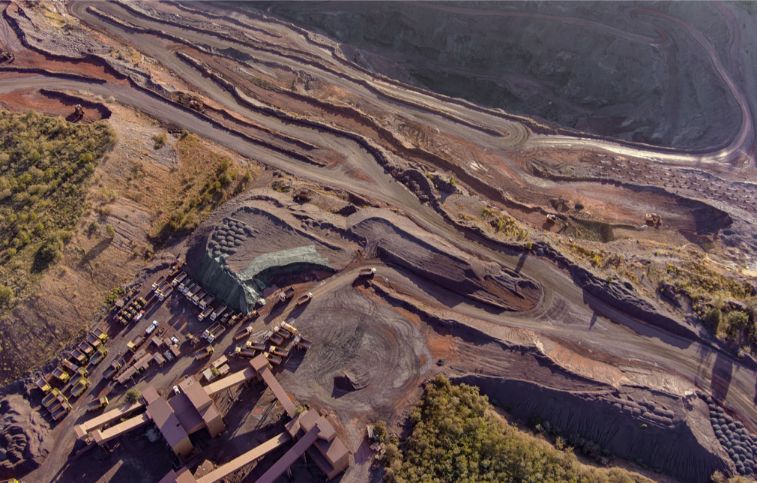Amarc Resources Ltd. (TSX.V: AHR) announced that the drilling process has started at its DUKE porphyry Cu-Au district, which it fully owns, located in the central part of British Columbia. Boliden Mineral Canada Ltd., a subsidiary of the Boliden Group, has agreed to invest in the exploration and development of the DUKE District for up to $90 million, giving them the potential to own up to 70% of the area. “We are thrilled to have the systematically funded exploration of the DUKE Deposit and DUKE District in motion with Boliden,” said Dr. Diane Nicolson, Amarc President, and CEO. “Our shareholders can look forward to a continuous stream of results from DUKE as well as the JOY Project, which is being funded by Freeport-McMoRan Mineral Properties Canada Inc., throughout the year 2023.” Amarc is the operator and will continue drilling at the Duke Deposit until the Christmas break in 2022. Surface programs testing 12 deposit targets are planned for 2023.
About Duke district
Amarc’s DUKE District lies 80 km northeast of Smithers, in the Babine Region. The area is renowned for its plentiful copper-gold porphyry deposits. It is the site of former Noranda Mines properties, the Bell and Granisle copper-gold mines, and the advanced Morrison copper-gold deposit. The region also enjoys many existing infrastructures due to its importance to the forestry and exploration industries. Boliden can secure up to 70% ownership of the DUKE District by funding $30 million toward exploration and development over four years – $5 million of which must be spent in 2022 and 2023 and more than $5 million to be allocated during 2023. Amarc is managing the earn-in stage.
Amarc thoroughly investigated the DUKE District, gathering government and historical data. This allowed them to reexamine the geological, geochemical, and geophysical aspects of the Babine belt, uncovering 12 undiscovered porphyry copper deposit targets that look very promising. Amarc holds rights to various minerals, and the DUKE Deposit, which is located 30 km from the former Bell Mine, is a significant part of this. It has been explored in the past, but its considerable porphyry copper system has yet to be explored in depth. Previous shallow core holes showed considerable copper, molybdenum, and silver mineralization, and they only covered a small area of the 3 km x 1 km Induced Polarization chargeability anomaly. Amarc drilled eight core holes at the DUKE Deposit in 2017 and 2018, covering an area of 400 m x 600 m and extending to a depth of 360 m. The mineralization identified remains open to further expansion.












